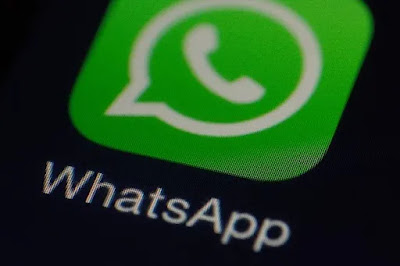The Android app will get new pencil and drawing tools in a future update, while WhatsApp Desktop will get new chat bubble colors. The desktop app also gets a new dark blue color that is only visible in dark theme mode.
The instant messaging app is also testing a new emoji message reaction info tab and new message reaction notification settings.
WhatsApp feature tracker WABetaInfo said that WhatsApp is introducing new drawing tools to its Android app. You get two pens, including one thinner and one thicker than your existing pen. The app is also working on a blur tool that may be added in the future.
The new features appeared in the WhatsApp Beta for Android 2.22.5 update, but they are disabled by default. These features are still under development and may be made available to WhatsApp beta testers soon.
The WABetaInfo report said the app is also introducing new colour to its Windows and macOS apps with WhatsApp beta for Desktop 2.2201.2.0 update. The new colour scheme will be visible in the dark theme and the chat bubbles seem to be greener compared to the existing colour.
Other elements of the app will also see colour changes with chat bar and background colour now reportedly have a blue tinge.

Comments
Post a Comment